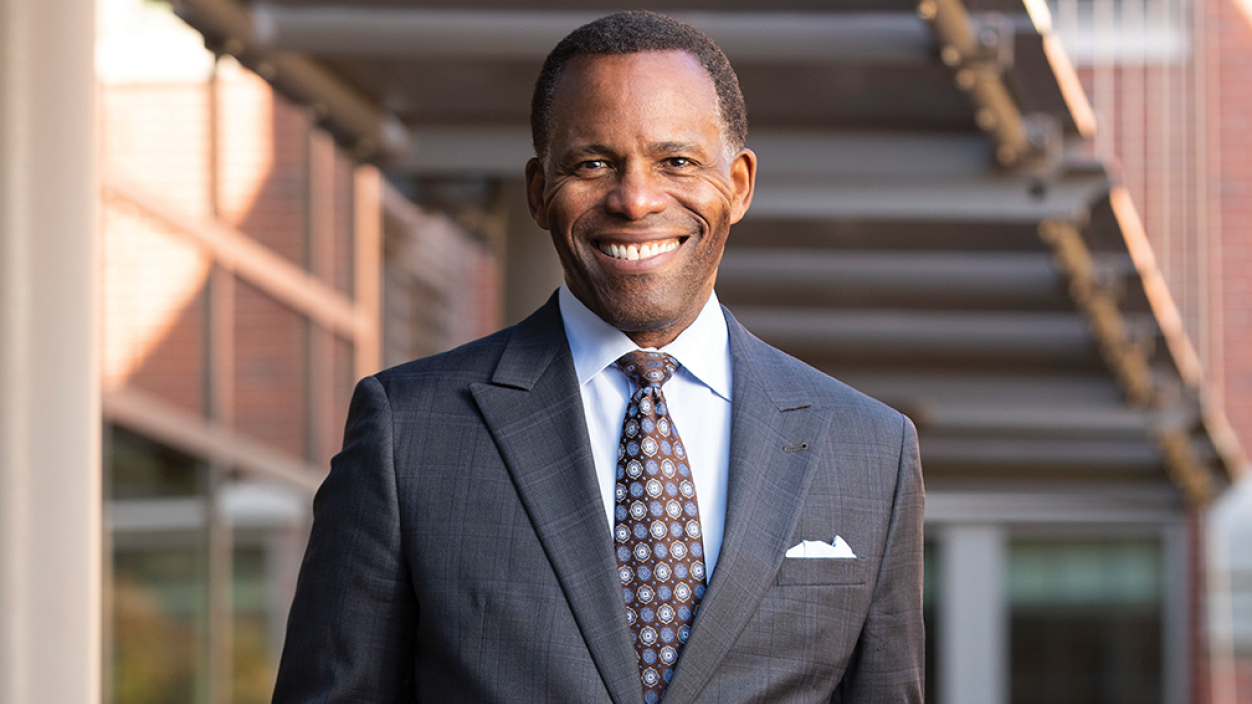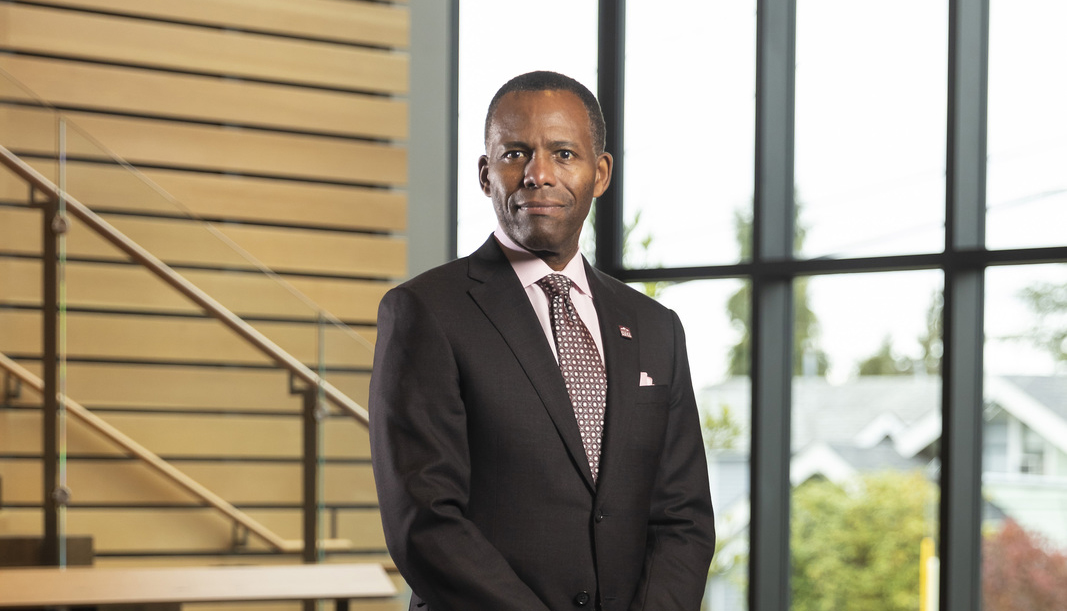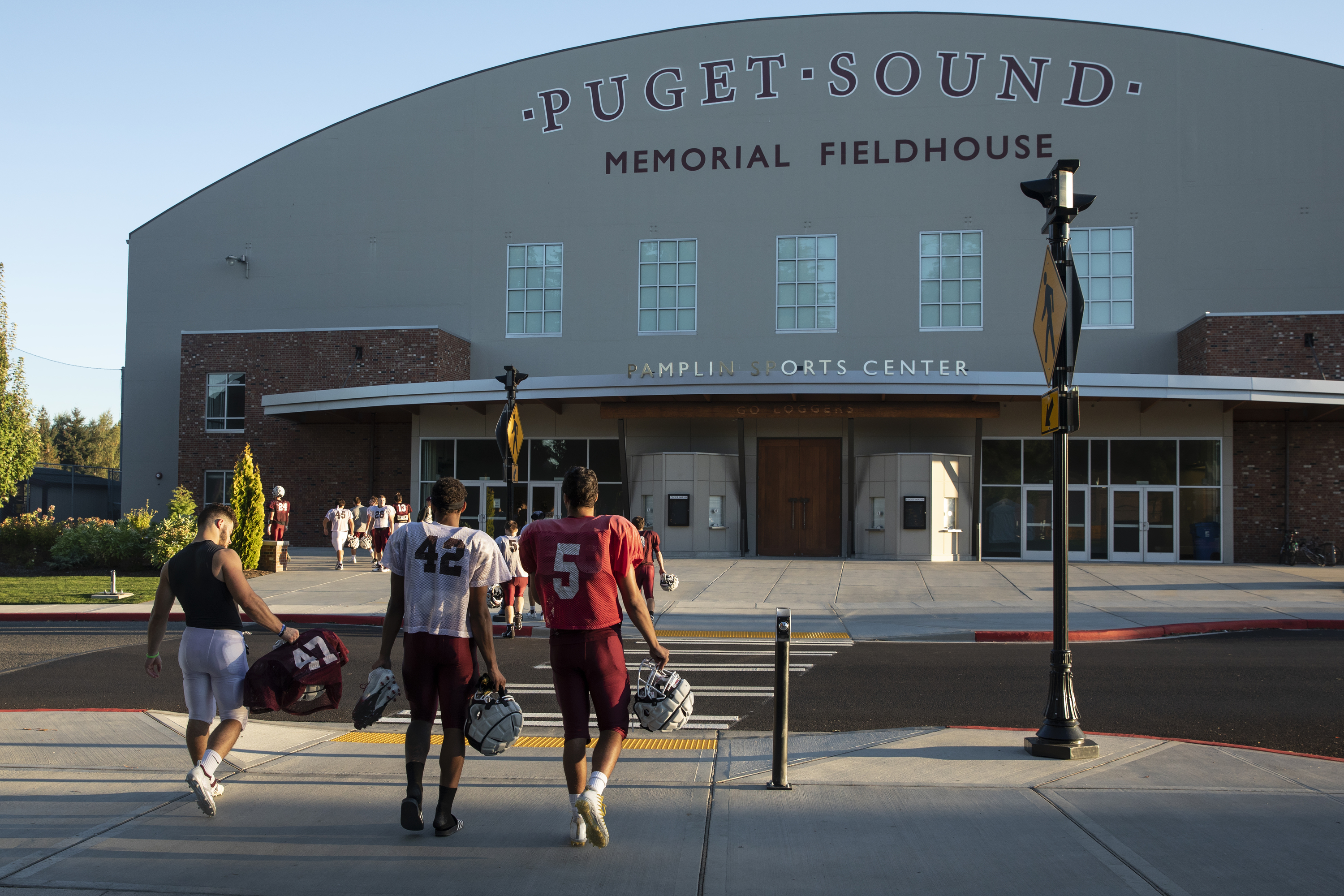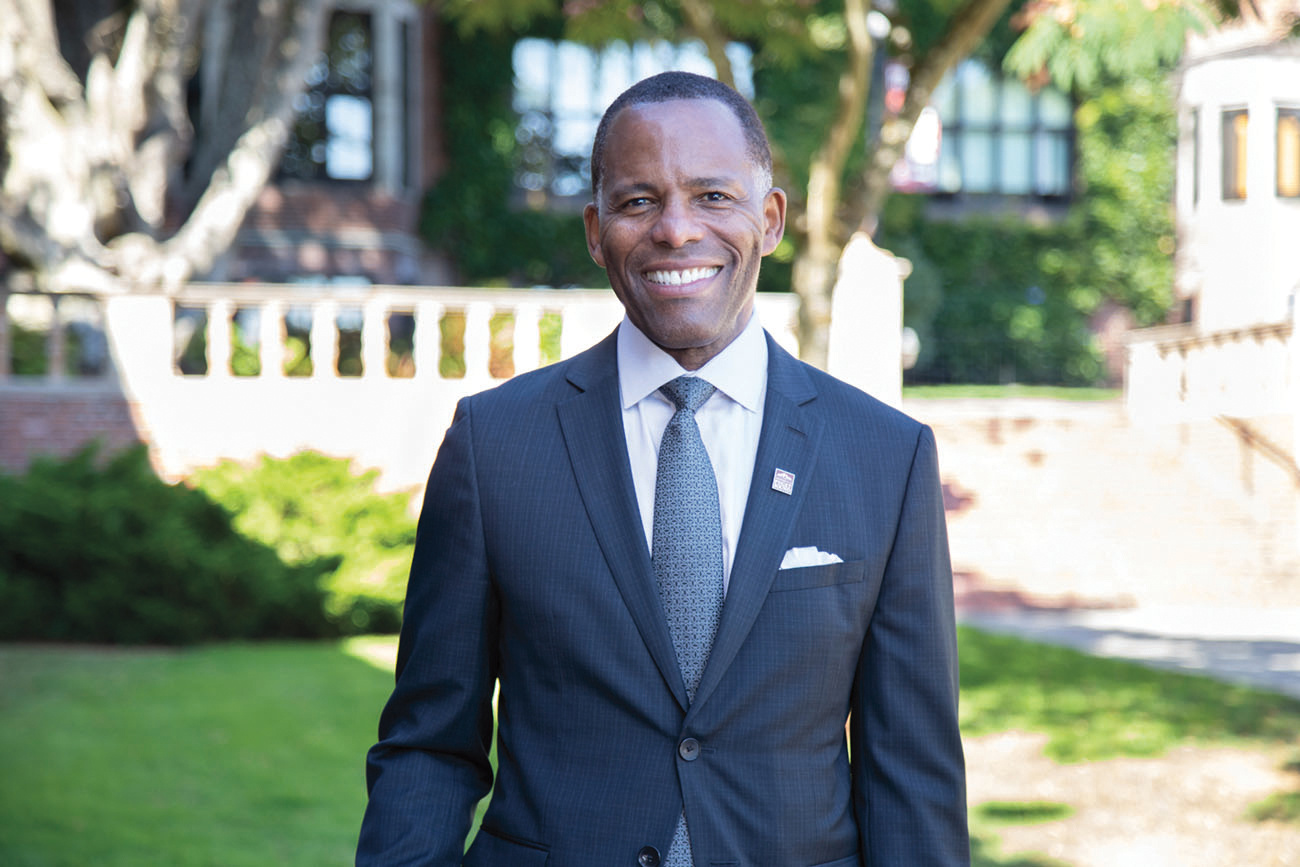Winning at Admissions
Matthew Boyce, Puget Sound’s new vice president for enrollment, has seen the admissions process from all sides, including time as a high school counselor with a nonprofit offering SAT prep to low-income students, and in the admissions and enrollment offices at George Mason University. We asked him about the admissions process.

GRADES MATTER, IN CONTEXT
As complicated as the process can seem, one thing is pretty simple: A strong high school transcript still matters more than anything. But Boyce says “transcript” means more than just GPA: It’s about solid grades in challenging courses, “contextualized with the available options within your high school.” He says admissions offices understand that not every student has the same opportunities.
QUALITY OVER QUANTITY
Whether it’s a job, a sport, a club, or volunteer work, Boyce says any extracurricular can strengthen a resume, but none will decide a student’s fate. He cautions prospective students from getting caught up in the extracurricular arms race: “We’d rather see strength in one area.”
FIT MATTERS—A LOT
Boyce says “there’s an art and a science” to choosing the right college, and the latter is simple enough: Students with the most impressive resumes set their sights on the highest-ranked schools, and vice versa. But the “art” involves less obvious considerations that are important—like opportunities outside the classroom or the chance to contribute to the campus community.
COLLEGES WANT TO GET TO KNOW YOU (HONEST)
“Institutions are excited about building personal relationships in this process,” says Boyce. Get on a first-name basis with admissions staff, and don’t be afraid to share your story—and your goals for college and beyond.
TEST SCORES? IT’S COMPLICATED.
Puget Sound and many other universities have made SAT and ACT scores optional in recent years, and the trend was accelerated by COVID-19 and its limits on large, in-person test sessions. The future of standardized tests remains blurry, and Boyce says there’s increasing awareness of their limitations: Research has shown that the better a student’s financial resources, the higher they score on such tests. Test scores offer a useful indicator in the admissions process, but Boyce hopes the current moment offers colleges a chance to emphasize a “holistic” approach that better weighs everything a prospective student can offer.
ENROLLMENT “TRENDS” CAN BE MISLEADING
Contradictory headlines boast of ever-more-competitive college acceptance and an enrollment “crisis” that threatens to shutter many colleges. What gives? Boyce explains it’s the difference between the 50 to 100 biggest brands in higher ed and the thousands of other institutions that offer four-year degrees. For the vast majority, says Boyce, admissions offices need to “do a better job of serving students from a greater diversity of socioeconomic and racial backgrounds. We can’t assume we can continue to be who we are.”
COVID COMPLICATED THINGS
Boyce likes to compare the admissions office to a mayor who gets to pick the people who will live in their town. The pandemic took a lot of the fun out of the process, costing prospective students the chance to tour campus and meet in person with the admissions staff. Boyce reports that, for his team, the return to even limited campus visits this spring brought the joy back to the job.









